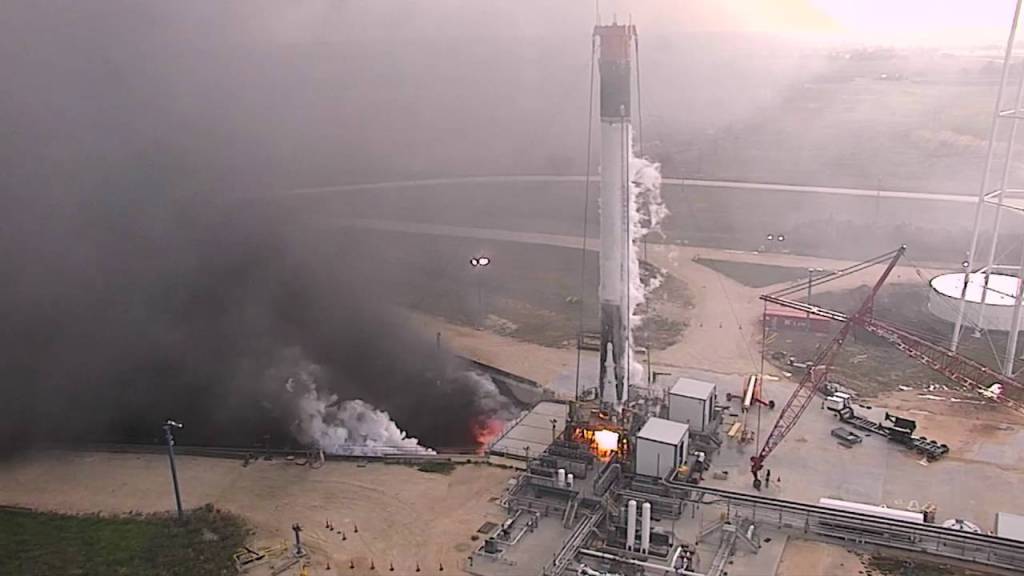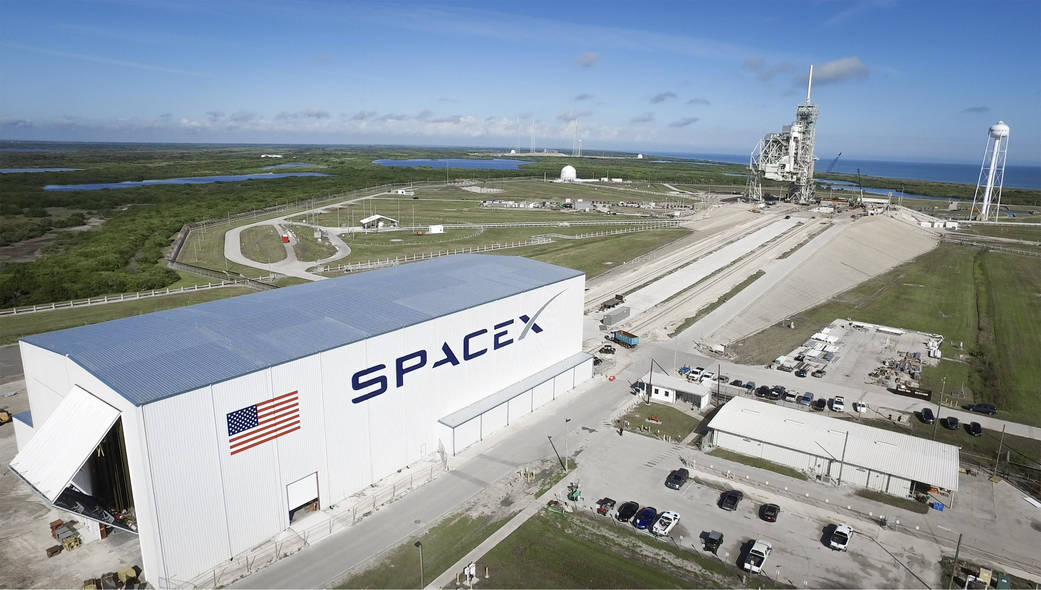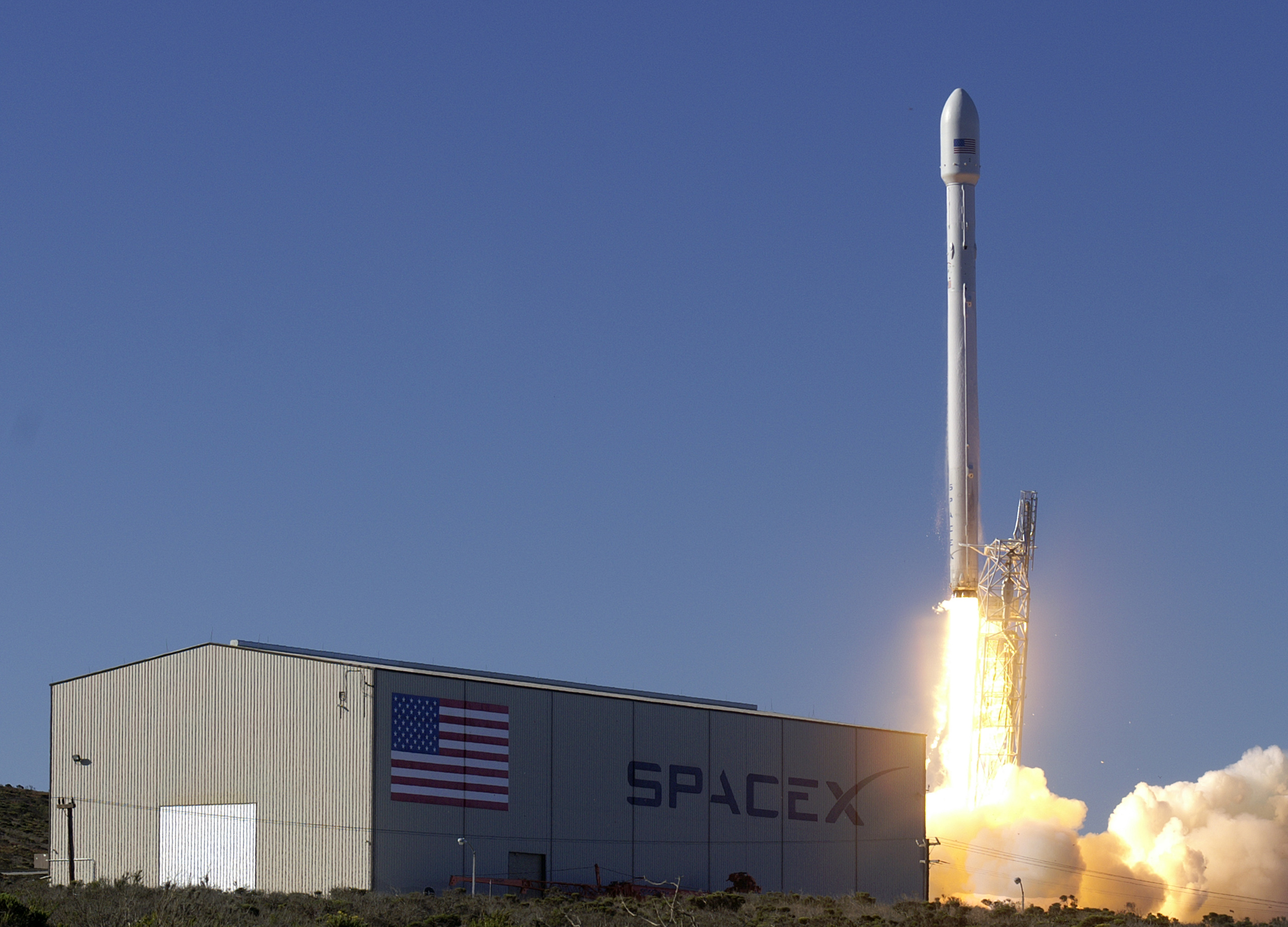After the four months of an explosion at the rocket launch of Florida Launch Pad, SpaceX Falcon 9 rocket blasted off from California on Saturday and placed a constellation of satellites in orbit. With this successful launch, Falcon 9 marks the company’s first successful launch post the Florida Launch pad blast.
The satellites were deployed about an hour after launch. The two-stage rocket lifted off from Vandenberg Air Force Base at 9:54 am carrying a payload for Iridium Communications Inc., which is replacing its entire global network with 70 next-generation satellites.
The company has succeeded six times previously with landings on a barge or ashore. SpaceX, billionaire Elon Musk’s California-based company has about 70 launches worth more than $10 billion in line. In addition to commercial launches, SpaceX ferries supplies to the International Space Station and is developing a capsule capable of carrying astronauts to the station.
SpaceX’s effort to recover Falcon first stages is intended to reduce costs by recycling a major piece of the launch system. The first stage contains tanks for liquid oxygen and kerosene as well as nine engines that power the rocket and payload into space, then separates 2½ minutes into flight as the single-engine second stage ignites and continues on to place payloads in the proper orbit. The first Falcon booster to safely land back on Earth now stands outside the company’s headquarters.
About the Earlier Florida Launch Pad Explosion before Successful Launch of SpaceX Falcon 9:

SpaceX officials say they identified all possible causes of the Sept. 1 accident during prelaunch testing at Cape Canaveral Air Force Station, Florida, and took corrective action. The accident destroyed the rocket and its payload — a satellite that Facebook wanted to use to spread internet access in Africa — and grounded the SpaceX Falcon 9 program as an investigation took place.
SpaceX announced this month that investigators concluded the accident involved a failure of one of three helium tanks inside the rocket’s second-stage liquid oxygen tank. The investigation involved the Air Force, NASA, the National Transportation Safety Board and the Federal Aviation Administration, which issued a license for the launch.
The September accident was the second time a Falcon 9 was destroyed. In June 2015, a Falcon loaded with space station supplies disintegrated shortly after liftoff. SpaceX determined that a support strut broke.









